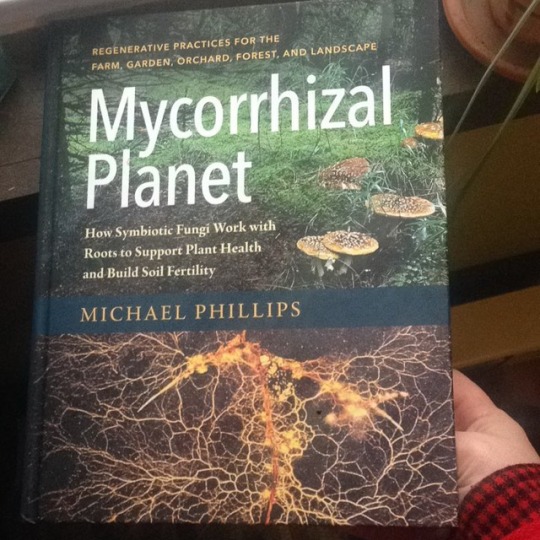#mycorrhizalplanet
Quote
Mycorrhizal fungi form a filamentous body called a mycelium. This is composed of branching threads called hyphae that grow through and across substrates to access food resources, secreting enzymes that catalyze chemical reactions and break down complex matter into simple compounds, which can then be absorbed back through the cell wall. The reach of the mycelium of a single fungus beyond the root system effectively enlarges the surface-absorbing area of the plant partner by ten to one hundred times. The uptake of water and nutrients (such as phosphorous and zinc) by the fungus is delivered to the root by means of an internal mycelium in exchange for simple sugars and synthesized compounds from the plant. This fuels the growth of both partners. Certain mycorrhizal fungi can be seen on tree roots, yet more often than not, symbiotic species on the majority of vascular plants will be invisible to the naked eye. The fineness of hyphae in comparison with the relatively blunt hairs on feeder roots reveals how mycorrhizal fungi can access diverse nutrient niches....Beneath the imprint of one's foot, extending down into the soil but mostly meandering nearer the surface, are 300 miles of fungal hyphae.
Michael Phillips, p. 6-7 Mycorrhizal Planet: How Symbiotic Fungi Work with Roots to Support Plant Health and Build Soil Fertility published by Chelsea Green Publishing
2 notes
·
View notes
Photo

GOOOOOD MORNING New book obsession launched Stay tuned #smugtownmushrooms #mycology #mycorrhizalplanet #mycelium #fungi #makemushroomsnotwar #mushroomsruleeverythingaroundme #love
#mycelium#mycorrhizalplanet#love#makemushroomsnotwar#smugtownmushrooms#mycology#fungi#mushroomsruleeverythingaroundme
9 notes
·
View notes